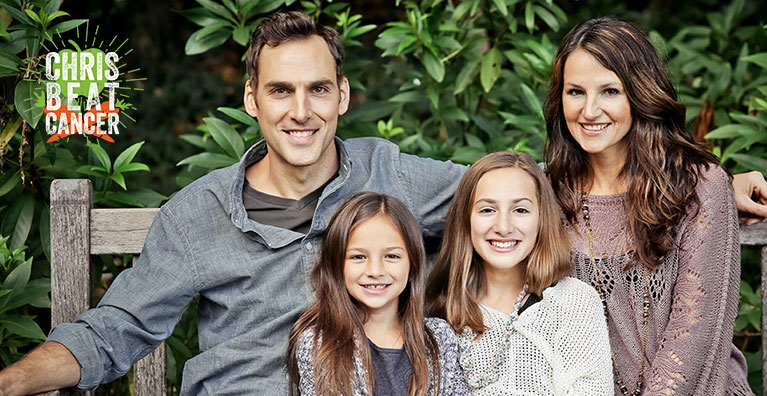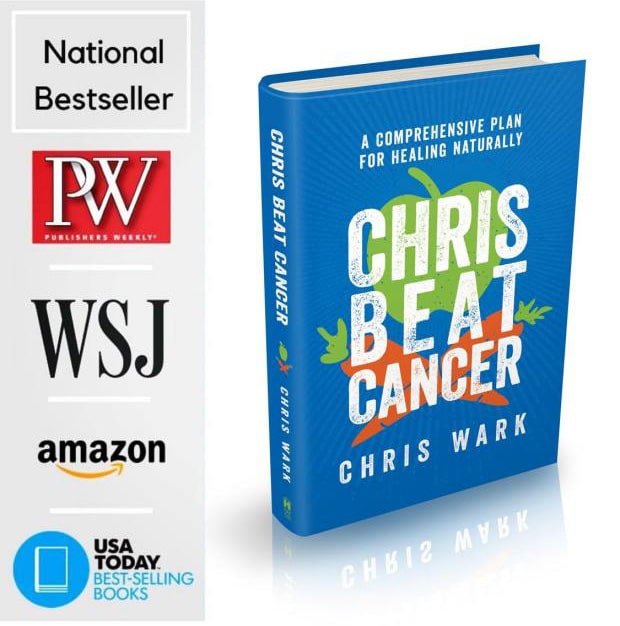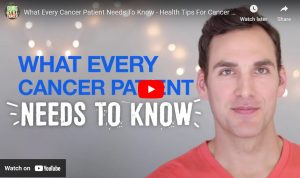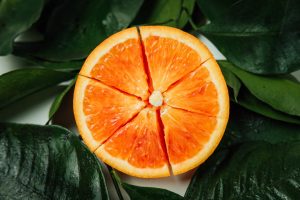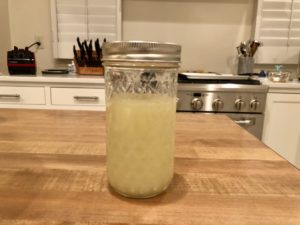
Parsley is a potent anticancer food and is a staple in Mediterranean and South American cuisine, but sadly in many Western dishes, it is little more than a garnish.
Parsley contains a variety of nutrients including vitamin A, vitamin C, vitamin K, lycopene, and folate, but most importantly, it is one of the richest sources of anticancer compounds apigenin and falcarinol.
Aromatase is an enzyme in the body that turns androgens into estrogens. Blocking aromatase can inhibit breast and prostate cancer cells and there are a number of aromatase-inhibiting drugs used in cancer treatment including Aromasin, Arimidex, and Femara. Apigenin is a flavonoid that blocks aromatase. It has also been found to make cancer cells more sensitive to chemotherapy by activating a tumor-suppressor gene called P53. (Source)
Apigenin has been reported to suppress various human cancers by triggering apoptosis (cell death) and autophagy, inducing cell cycle arrest, suppressing cell migration and invasion, stimulating an immune response, and directly killing cancer stem cells.
“Apigenin shows significant cell cytotoxicity selectively against various types of cancer cells with low or no toxicity to normal cells. These selective anti-cancer effects are further shown to suppress cancer stem cells (CSCs) in various types of cancers. CSCs are closely associated with drug resistance, metastasis, and the recurrence of cancer.” (Source)
A study from Ohio State University showed that apigenin binds with an estimated 160 proteins in the body allowing it to have a wide array of beneficial effects, as opposed to pharmaceutical drugs, which typically only target one molecule.
A unique characteristic of cancer cells is that two types of mRNA splicing occur as opposed to only one in a normal cell. This abnormal splicing defect is found in roughly 80% of cancer cells and is a mechanism used by cancer cells to stay alive.
The Ohio State researchers observed that apigenin influences a specific protein called hnRNPA2 thereby restoring the single-splice characteristic back to breast cancer cells. Restoring this function allows cancer cells to act like normal cells and die naturally and may also make them more sensitive to chemotherapy drugs. (Source)
For further enlightenment, scroll down and look at Table 1 in this study outlining the numerous molecular cancer targets influenced by apigenin.
Apigenin is found in many fruits and vegetables, but the highest concentrations are in celery, chamomile, and parsley.
Foods with the highest levels of apigenin (micrograms/gram)
-Celery 191 ug/g
-Fresh parsley 2154.6 ug/g
-Chamomile 3,000-5,000 μg/g
-Dried parsley 45,035 μg/g
Dried parsley has the highest concentration of apigenin by a significant margin, over twenty times more than fresh parsley! (Source)
Falcarinol in Parsley
Plants grown outside organically produce natural pesticides to protect themselves. Some of these compounds, known as polyacetylenes, are incredibly beneficial for human health and act as direct anticancer agents. One of these is a flavone called falcarinol in carrots, which I highlight in my book Chris Beat Cancer: A Comprehensive Plan for Healing Naturally.
For years I was under the impression that carrots had the highest levels of falcarinol.
Enter parsnips and parsley.
Parsnips have twice the falcarinol as carrots, but parsley contains four times more falcarinol than parsnips and seven times more than carrots. (Carrots 82.23 mg/kg, Parsnips 164.74, Parsley 629.36 mg/kg ) (Source)
Note: Boiling leaches falcarinol from vegetables. Raw consumption is best. (Source)
Parsely might just be one of the most overlooked and underrated anticancer foods. In addition to apigenin and falcarinol, parsley contains several more anticancer compounds including quercetin, luteolin, and kaempferol. And yes, I am now officially obsessed with parsley.
Three ways to get more parsley into your body:
-Juice it. Throw parsley into the mix with other veggie juice blends.
-Eat it. Use it as a leafy green base with kale or spinach in the Giant Cancer-Fighting Salad. Make tabbouleh (See my Quinoa Tabbouleh recipe in Beat Cancer Kitchen.) Make chimichurri. It’s like a spicy pesto made with parsley instead of basil.
-Sprinkle it. Put dried parsley flakes on your salads, and on cooked veggies, and add to soups and even smoothies.
Cowboy Math Two tablespoons of dried parsley flakes are roughly equivalent in nutrient content to one cup of fresh parsley.
Parsley is easy to find in most grocery stores. It’s also easy to grow in your garden. If you are inclined to mega dose, I suggest getting organic parsley flakes in bulk on Amazon.
…
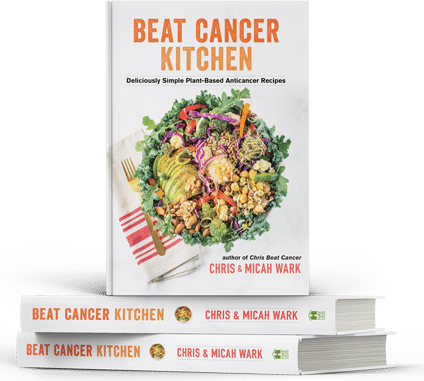
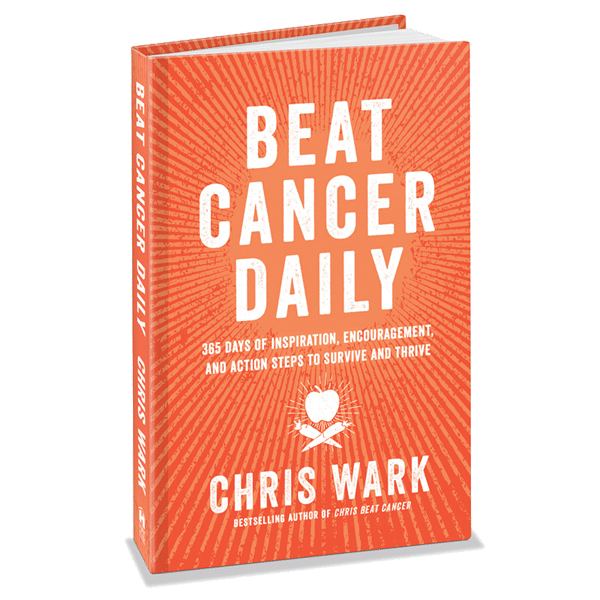
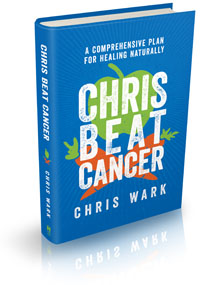 Chris Beat Cancer: A Comprehensive Plan for Healing Naturally Get it on Amazon here, or anywhere books are sold.
Chris Beat Cancer: A Comprehensive Plan for Healing Naturally Get it on Amazon here, or anywhere books are sold. I've interviewed over 70 people who've healed all types and stages of cancer. Check them out here. Or use the search bar to find survivors of specific cancer types.
I also created a coaching program for cancer patients, caregivers, and anyone who is serious about prevention called SQUARE ONE. It contains the step-by-step strategies used by myself and many others who have healed cancer with a holistic approach using nutrition and natural non-toxic therapies.
Watch SQUARE ONE Module 1 for free here
(((c)))
Chris Beat Cancer is ad-free and reader-supported. If you purchase a product through a link on this site I may receive compensation from an affiliate partner (like Amazon). Your support helps fund this blog and my mission so my team and I can continue to do the work that we do. Thank you!

